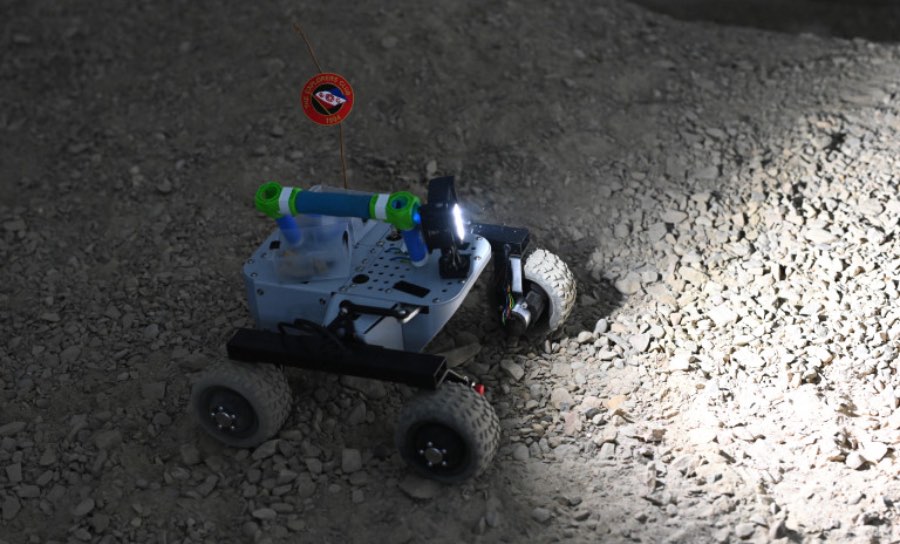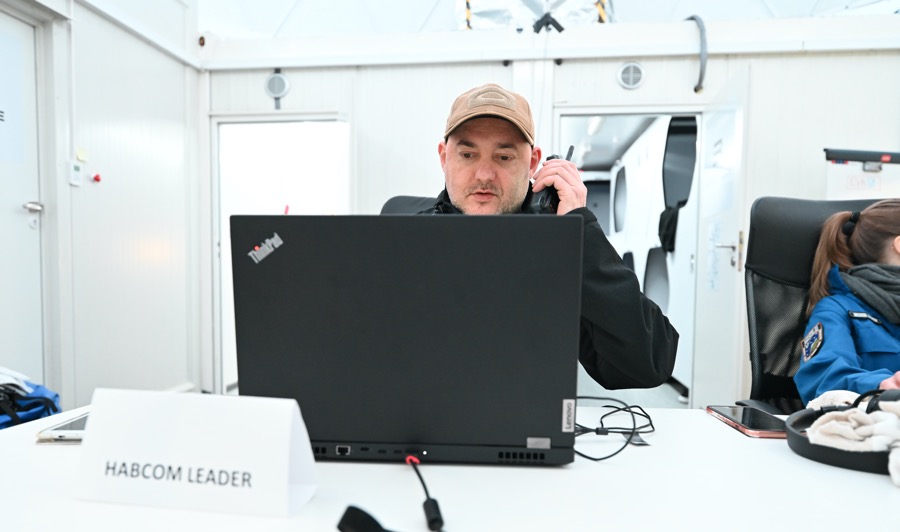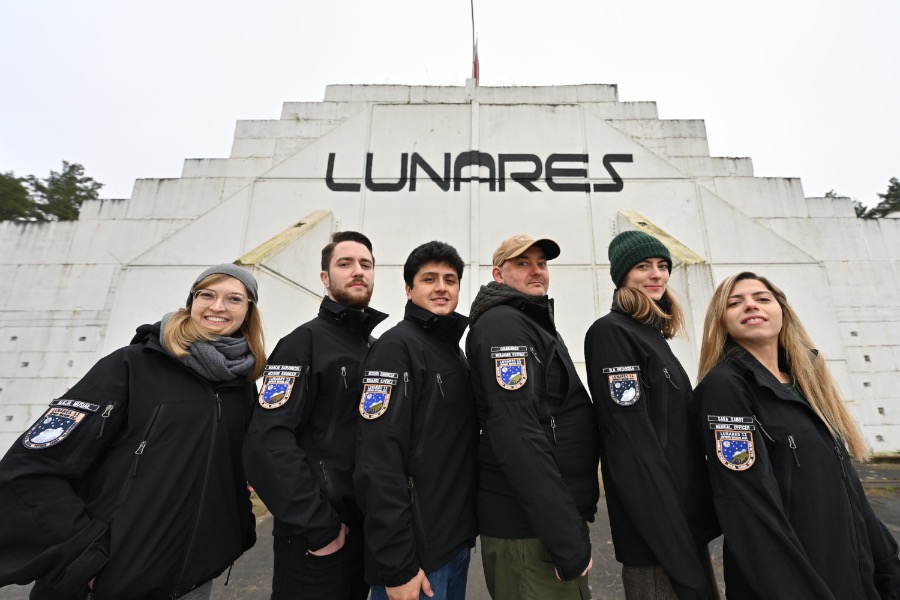Shortly into 2021, Mars received multiple visitors. NASA’s rover Perseverance made a perfect landing; spacecraft from China and UAE arrived the Red Planet’s orbit. Meanwhile, an unheard-of town in Poland has become a surprising destination for space fans. An over 10 days space simulation in a former nuclear bunker in northwest Poland is offering aspiring astronauts the opportunity to book a post-lockdown break that’s out of this world.
Benjamin Pothier, PhD, a Fellow International FI'18 of the Explorers and an expert for the human spaceflight committee of the International Astronautical Federation, recently has completed his two-week experiment as the crew leader and talked to radiochina.info about the project and his experience at Habitat Lunares in Poland, a specialized facility for simulating manned space missions on the Moon and Mars.

Dr. Pothier says, “Mission Orpheus was a very successful one. We started it in middle February and every two days the crew conducted simulations of extra vehicular activities as if we were on the surface of the moon, testing gears and concept operations in a 200 square meters indoor test zone covered with moon soil simulant. We had no access to daylight and were on a strict frozen dried food diet. I conducted a Neurofeedback study during the mission that could be useful for future long length space missions to Mars.”

As an experienced explorer, Pothier was appointed the leader for the international crew of 5 analogue astronauts. Besides his own study, his daily routine included facilitating and participating cross-disciplinary projects. For example, they conducted their “moon landings” with two people at a time going for ‘moon walks’ with the resident lunar rover, Leo, in the afternoons.
“I brought radios of my own to Lunares, since my past experience with adventurous projects prove that two-way radios are the best tool for group communications whenever we need it,” said Pothier, “Actually the radios played an important role to coordinate our activities in the bunker among the crew, as well as with the Habitat’s staff. I used BelFone TD950 radios. The signal was always reliable and the voice very clear.”

BF-TD950 is the flagship portable radio of BelFone’s DMR (Digital Mobile Radio) series. Its IP68 rated water and dust-proof ruggedness makes itself an ideal communications tool for taskforces working in challenging environment and weathers. For a small group of users, the direct mode operation is powerful enough to offer instant group calls and other features. According to BelFone, a leading technology and solution provider of mission and business critical communications, TD950 radios along with its ETX Trunking System, a new generation of DMR Tier III trunking communication infrastructure, are designed for professional users such police officers working across a city, state or even a country.
The mission ended on February 28th sucessfully. The gender balanced and international crew with researchers, engineers and space sector software developers from Poland, Egypt, Mexico and France returned to the natural lighted world and their own positions.

Dr Pothier had previously participated in a test of the MS-1 Mars simulation suit on an active volcano in Iceland in 2019 during an EC Flag expedition, and to a Moon mission at HI-SEAS habitat with the European Space Agency. Later this year he will participate to several other "space analogs", including a Mars mission simulation during the Space Medicine Operations mission at MDRS habitat in the Moab desert in Utah.
Lunares was created in 2017 by Space Garden and is the only facility of this type in Europe.
Photo courtesy to Benjamin Pothier
